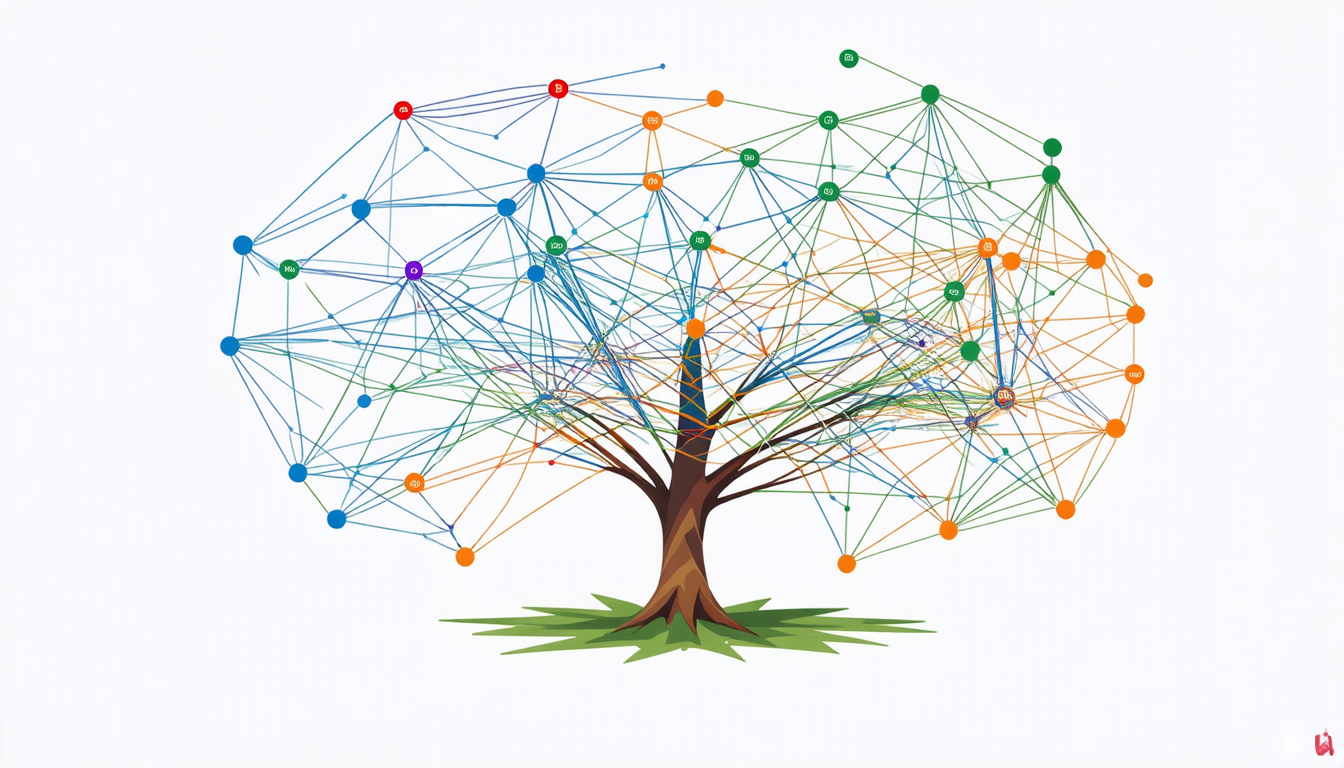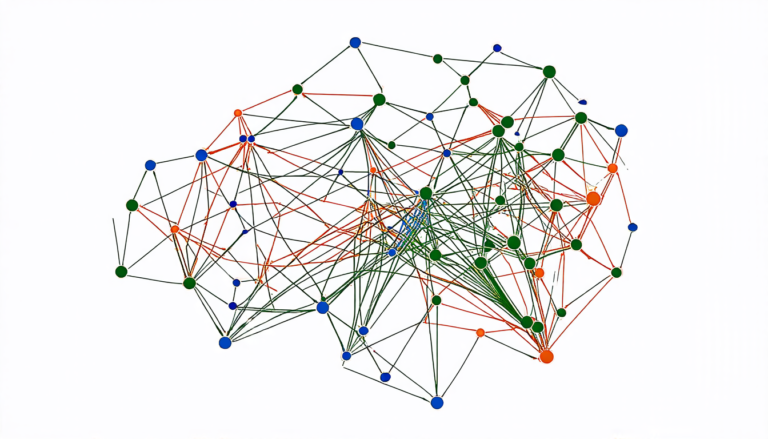Saturday 31 May 2025
The pursuit of optimal algorithms for distributed graph problems has been a longstanding challenge in computer science. For decades, researchers have sought to develop efficient solutions that can be executed locally on individual nodes within a network. Recently, a team of scientists made significant progress towards achieving this goal.
The problem at hand is quite complex: given a graph with n nodes and m edges, determine the optimal solution for various graph-related tasks such as edge coloring, node coloring, and maximal independent set (MIS). These problems have numerous applications in computer science, from scheduling to resource allocation.
Traditionally, researchers have relied on approximation algorithms that provide good but not necessarily optimal solutions. However, recent advances in distributed computing have made it possible to develop exact algorithms that can solve these problems optimally. The key innovation lies in the development of a novel transformation technique that allows for the efficient conversion of locally checkable problems into equivalent problems on trees.
The team’s approach is based on a clever combination of existing techniques from graph theory and distributed algorithms. By exploiting the properties of tree-like structures, they were able to design an algorithm that can solve edge coloring, node coloring, and MIS in polynomial time. This breakthrough has far-reaching implications for various applications, including network optimization, scheduling, and resource allocation.
The significance of this achievement lies not only in the development of optimal algorithms but also in its potential to accelerate research in distributed computing. By providing a general framework for solving locally checkable problems on trees, the team’s work opens up new avenues for exploring more complex graph structures.
In addition to its theoretical implications, the algorithm has practical applications in computer networks and communication systems. For instance, it can be used to optimize network routing, scheduling, and resource allocation, leading to improved performance and reduced latency.
The authors’ approach also has potential implications for other areas of research, such as machine learning and data analysis. By developing efficient algorithms for solving complex graph problems, researchers can unlock new insights into large-scale datasets and improve the accuracy of predictive models.
The team’s work is a testament to the power of interdisciplinary collaboration in computer science. By combining expertise from graph theory, distributed computing, and algorithm design, they were able to push the boundaries of what was previously thought possible.
As researchers continue to explore the frontiers of distributed computing, this breakthrough serves as a reminder that even the most complex problems can be tackled with creative problem-solving and innovative thinking.
Cite this article: “Breaking Barriers: A Novel Approach to Solving Distributed Graph Problems”, The Science Archive, 2025.
Distributed Graph Problems, Optimal Algorithms, Edge Coloring, Node Coloring, Maximal Independent Set, Computer Science, Network Optimization, Scheduling, Resource Allocation, Machine Learning, Data Analysis, Interdisciplinary Collaboration.







